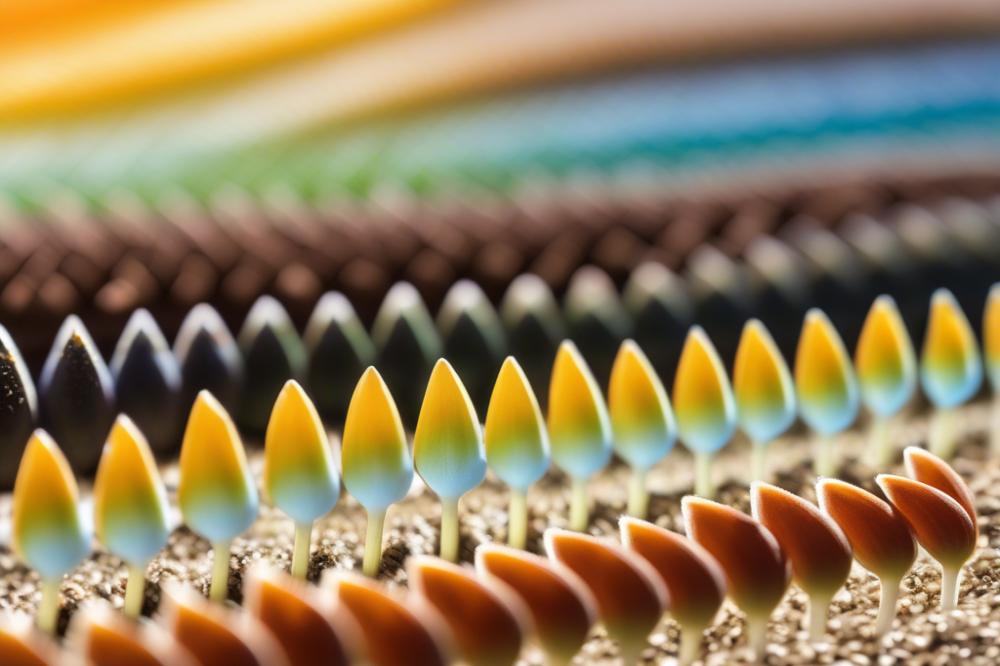Understanding seed germination and Its Importance
seed germination represents a critical phase in the life cycle of plants, marking the point when a seed begins its transformation into a new plant. This process is vital in gardening as it determines not only the success of individual plants but also impacts environmental sustainability and crop production overall. A high germination rate usually translates to healthier plants, which contribute to flourishing gardens and agricultural yields.
Several factors influence how well seeds germinate. While soil moisture and light availability are important, one factor stands out: temperature. temperature effects on seed germination can significantly alter the outcome. It’s not just about being warm; seeds often require an optimum temperature range to spark their growth. Too hot or too cold conditions can hinder the germination process, leading to lower seed viability.
Understanding the role of temperature means recognizing its influence on seed physiology. For example, certain seeds thrive in cooler conditions, whereas others need heat to spur growth. The relationship between soil temperature and moisture creates a delicate balance that gardeners must navigate. Striking the right equilibrium promotes robust plant growth and maximizes germination rates.
Consequently, gardeners need to be aware of temperature shifts in their environments. Whether starting seeds indoors or planting outdoors, a keen observation of temperature can make a difference. Not only does it affect the germination process, but it also lays the foundation for healthy plants and thriving gardens. Ignoring this aspect can lead to failure when the right conditions are not met. Therefore, understanding temperature’s role is crucial for anyone seeking success in their gardening endeavors.
Understanding Seed Germination
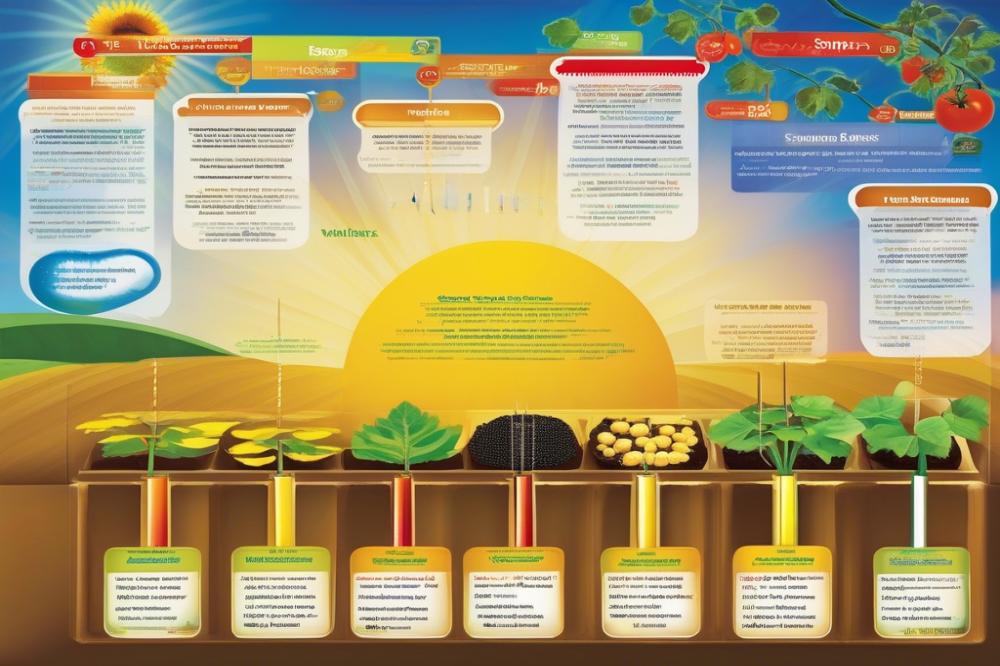

The germination process is an exciting transformation that begins when a seed absorbs water. This absorption marks the start of life. After soaking up moisture, seeds swell and crack their outer shells. This initial stage is crucial for sprouting. Next comes the emergence of the root, known as the radicle. This tiny root anchors the plant into the soil. Then, the shoot begins to grow upward, looking for sunlight. Each of these stages is vital for successful plant growth.
Seed Physiology and Its Relation to Germination
Examining seed physiology helps us understand how seeds function. Every seed carries genetic material ready to grow into a new plant. Various enzymes and hormones activate when conditions are right. These biological chemicals play a significant role in the germination rate. Each seed type has specific requirements for moisture, oxygen, and, importantly, temperature. When the right conditions are met, the process can proceed smoothly, leading to thriving plants.
Relation of Seed Viability to Temperature
Temperature directly impacts seed viability. Each seed variety thrives within a specific temperature range, often called the optimum temperature. If temperatures dip too low or rise too high, germination can stall. Seeds may lose their ability to sprout if environmental factors are unfavorable for extended periods. Therefore, understanding temperature’s role is vital for successful crop production. Soil temperature influences how quickly and efficiently seeds germinate. Adequate seed moisture also plays a role, working hand-in-hand with appropriate temperatures. Without these elements, an entire harvest may suffer.
The Role of Temperature in Germination
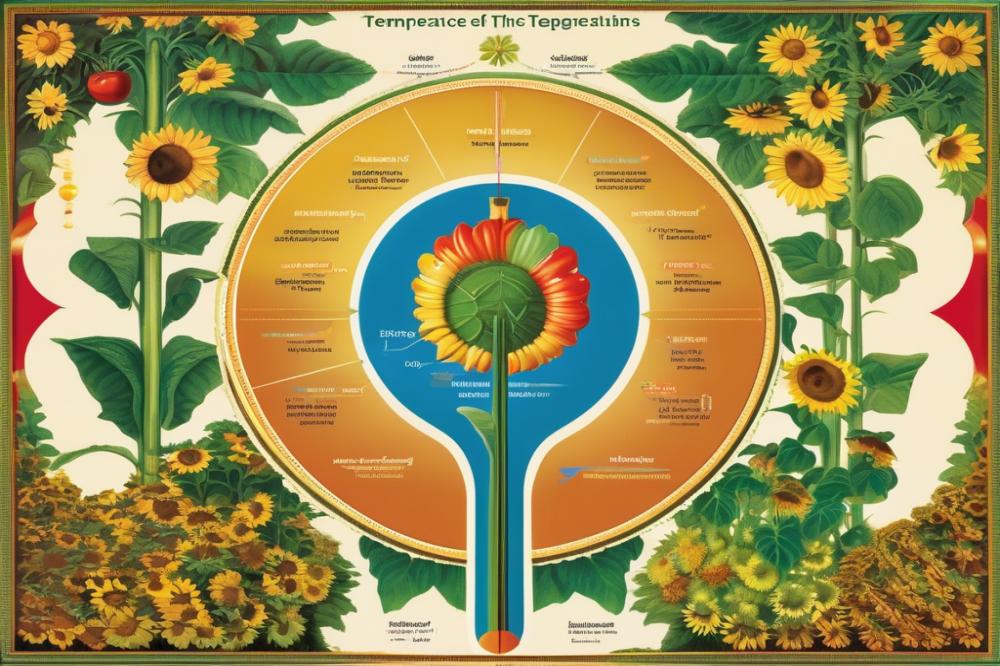

Temperature plays a critical role in the germination process of seeds. Each type of seed thrives at a specific optimum temperature. For example, many vegetable seeds germinate best at temperatures between 65°F and 75°F. In contrast, some wildflowers may prefer cooler conditions around 55°F. Understanding these preferences can significantly influence seed viability in various growing conditions.
Moreover, temperature has a direct impact on the germination rate of seeds. Warmer conditions typically speed up the process, allowing seeds to sprout faster. However, excessively high temperatures can cause stress, leading to a slowdown or complete halt in the germination rate. Plants grown under optimal temperatures tend to develop more robust root systems, ensuring better water and nutrient absorption later on.
Soil temperature deserves special attention as well. It can differ from air temperature, affecting how seeds respond in real time. Seeds planted in cool soil may experience delayed germination, while those in warm soil might sprout quickly. For successful crop production, it is essential to monitor this factor. Soil temperature affects not just germination but also seed moisture, making it a vital environmental factor in agriculture and gardening.
Additionally, seed physiology is closely related to temperature. Each seed has a unique internal clock that tells it when the conditions are right for germination. High or low temperatures can interrupt this natural rhythm, reducing the chance of successful sprouting. This interaction indicates that understanding temperature can help gardeners and farmers make informed decisions about when to plant.
Environmental Factors Affecting Temperature
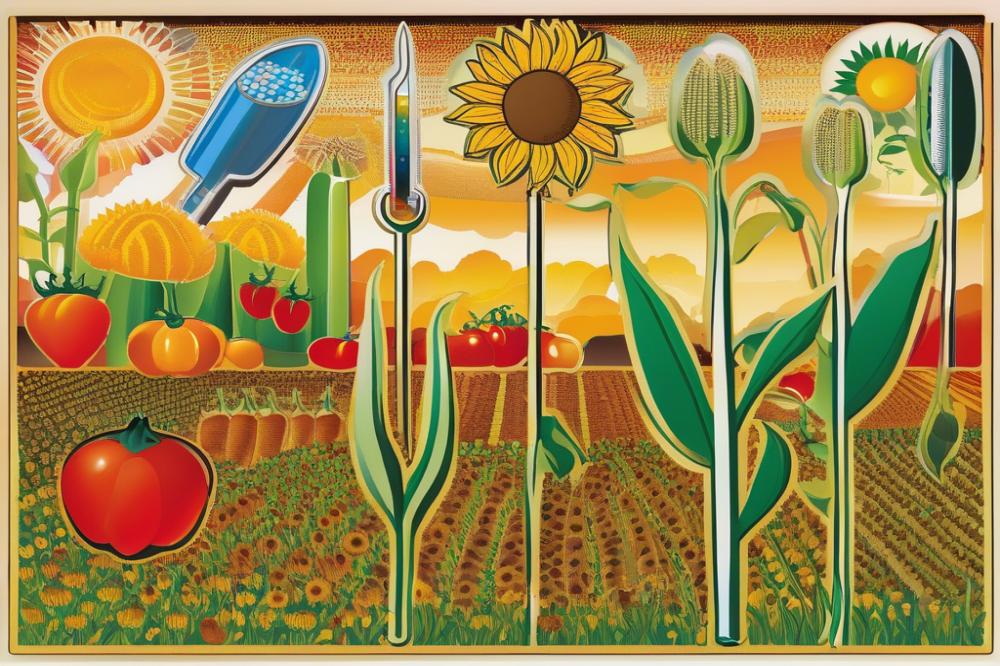

Temperature plays a critical role in the overall success of the germination process. Various environmental conditions significantly influence temperature levels. For instance, sunlight exposure can increase soil temperature during the day, while cloud cover can lead to cooler conditions. Additionally, air movement can either trap warmth or allow rapid cooling at night. These changes can impact seed viability in pivotal ways.
Soil temperature is closely tied to seed moisture, further affecting the germination rate. Warm soil combined with adequate moisture creates the perfect setting for seeds to awaken and start their growth. If the temperature drops too low, seeds may not absorb enough water. Too little moisture can stall the germination process, leading to poor results. Success often relies on hitting that optimum temperature at the right time.
Climate change also poses significant threats to germination conditions. Rising global temperatures lead to unpredictable weather patterns, impacting agriculture and crop production. Some regions may experience extreme heat that could inhibit seed development. In other areas, excessive rainfall might result in soggy ground, making it hard for seeds to sprout. Altered seasons can confuse plants, disrupting their natural life cycles. Understanding these shifts is essential for enhancing seed physiology. There’s an urgent need to adapt to these changes so that we can continue supporting plant growth in a rapidly changing environment.
Temperature and Plant Growth
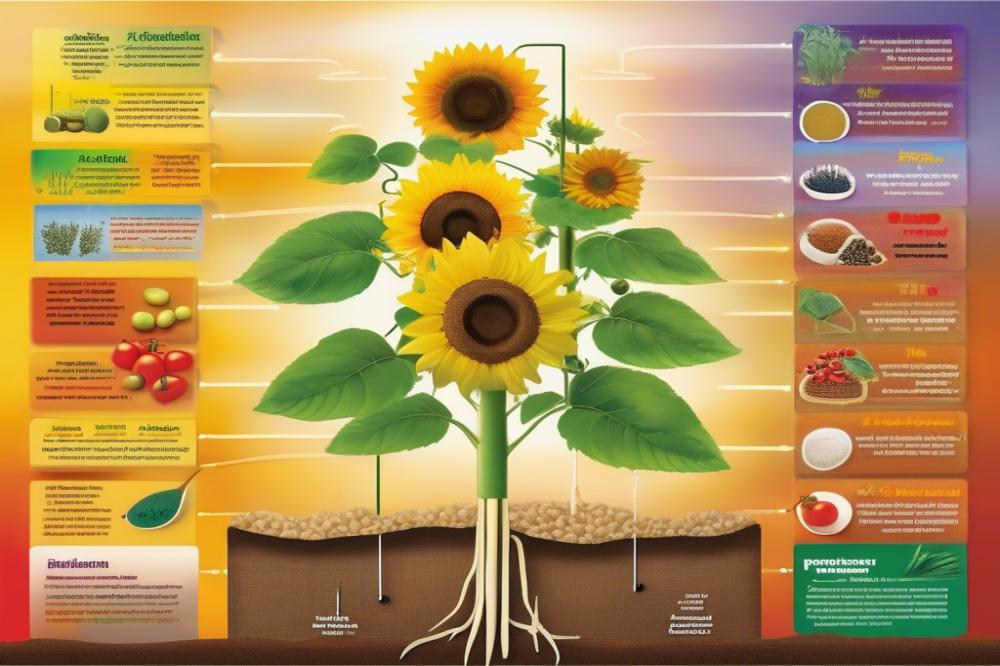

The link between temperature during germination and subsequent plant growth is crucial. Seed viability can be dramatically affected by temperature. A suitable environment helps seeds to sprout quickly. Poor conditions can weaken young plants early on. If temperatures are too low or too high, seeds may struggle to perform their best. This directly impacts the germination rate.
Biological processes related to temperature are vital during germination. For instance, soil temperature affects metabolic activity in the seed. Metabolism includes important actions such as enzyme activation. These processes help seeds absorb water and nutrients better. Additionally, warmer temperatures often speed up growth, but this must be balanced with moisture levels. Higher seed moisture can aid germination but too much can cause rot. Finding the optimum temperature is essential for success.
Crop production heavily relies on these factors. Farmers must consider temperature fluctuations when planting. An understanding of how temperature influences plant growth can lead to better yields. Many crops have specific temperature needs. Meeting these requirements can mean the difference between a good harvest and a poor one. When producers recognize the environment’s role, they can make more informed decisions, ensuring thriving fields.
Environment also plays a major role in the germination process. Maintaining ideal soil conditions is key. Utilizing and monitoring soil temperature can optimize growth potential. A consistent climate promotes healthy seed physiology. This knowledge might help farmers adjust their strategies throughout the growing season. It’s all interconnected – temperature, moisture, and plant health by combining efforts to create the right conditions.
Practical Applications for Gardeners
Successful seed germination begins with understanding how temperature affects the process. Gardeners can take simple steps to manage temperatures and improve their germination rate. Knowing the optimum temperature for specific seeds is crucial. Every type of seed has its own range where germination occurs best. If the soil is too cold, seeds may struggle to sprout. Conversely, excessive heat can lead to poor seed viability.
Tips for Managing Temperature
Use thermometers to check soil temperature regularly. This tool provides accurate readings, helping you know if adjustments are needed. One effective method to warm the soil is by using black plastic sheeting. Placing this over your garden bed can capture heat from sunlight. This technique is straightforward and can significantly boost your soil temperature. Remember to monitor moisture levels as well. Both temperature and seed moisture play vital roles in the germination process.
Techniques for Warming Soil and Controlling Moisture
Consider using row covers during colder nights. These covers act like a greenhouse, trapping warmth around your plants. If direct sunlight is limited, indoor starting may be ideal for certain seeds. Using seedling trays with a heat mat will create a controlled environment, promoting better outcomes. Ensure that seeds remain moist but not overly saturated, as too much water can hinder growth.
Selection of Seeds Considering Local Temperature Conditions
Choosing the right seeds is as important as the conditions they grow in. Research what crops thrive in your climate zone. Some seeds require specific temperatures to germinate and flourish. Local weather patterns during spring or fall can influence crop production. Additionally, consider planting heat-tolerant varieties if hot summers are common. These seeds tend to adapt better to fluctuating environmental factors. Using knowledge of seed physiology allows for a more strategic approach to gardening.
Wrapping Up the Importance of Temperature
Temperature plays a crucial role in the growth of seeds. It can significantly influence whether seeds germinate or remain dormant. Each type of seed has its own optimum temperature range for germination. Knowing this can make a big difference in your gardening efforts.
For gardeners and farmers, understanding the relationship between temperature and germination is vital. A higher germination rate can lead to a more productive garden. It allows for the successful cultivation of crops, providing food and resources.
Managing temperature is not just about the weather. Seedlings may require heat mats or greenhouses to maintain those desired conditions. Consider this when planning your planting schedule. By doing so, you are investing in your harvest’s success.
In conclusion, recognizing the importance of temperature can elevate your gardening skills. Don’t overlook this essential factor. Take steps to create the right environment for your seeds. With thoughtful temperature management, you can boost your gardening outcomes and grow a thriving garden.

